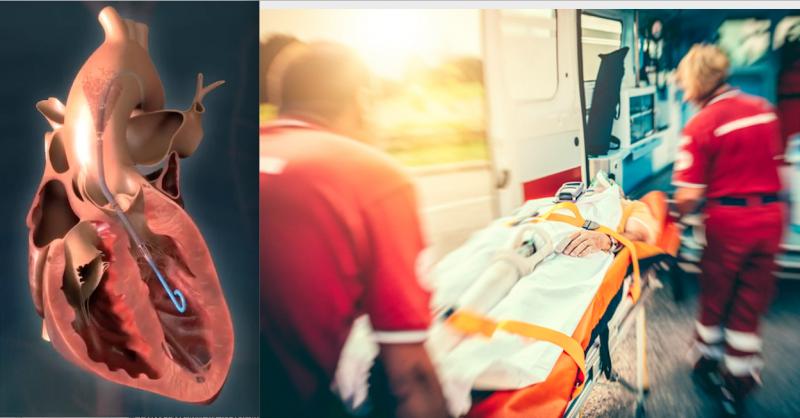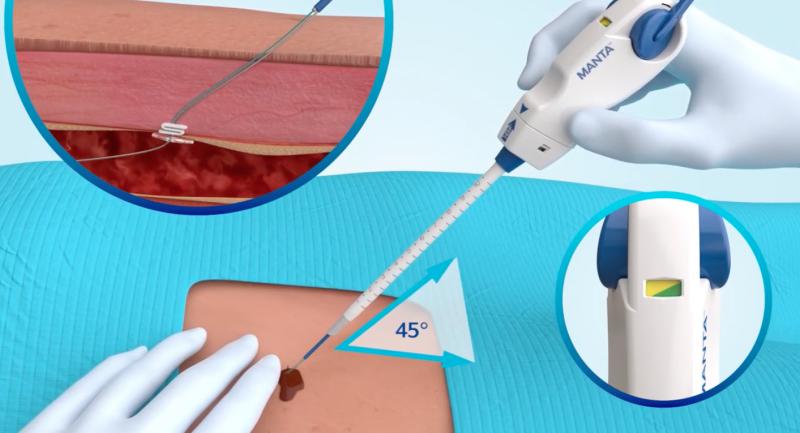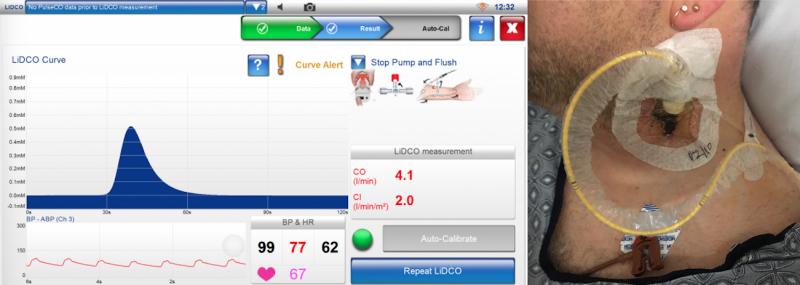September 13, 2021 — The growing use of mechanical circulatory support (MCS) may contribute to high levels of moral ...
Hemodynamic Support Devices
This hemodynamic support systems channel includes content on intra-aortic balloon pumps (IABP), percutaneous ventricular assist devices (pVAD) like the Impella or TandemHeart, extracorporeal membrane oxygenation (ECMO), and ventricular assist devices (VAD). This channel also includes use of these devices in support of patients in cardiogenic shock and advanced heart failure.

Medtronic announced in June it was stopping the sale and distribution of the Medtronic Heartware HVAD left ventricular ...
June 18, 2021 – An experimental artificial heart includes an autoregulation control mechanism, or Auto-Mode, that can ...
June 21, 2021 — The U.S. Food and Drug Administration (FDA) approved Boehringer Ingelheim's dabigatran etexilate ...
June 7, 2021 – Cardiologists at Henry Ford Hospital are first in the U.S. and second in the world to implant a ...

May 19, 2021 — A subgroup of patients who experienced an out-of-hospital cardiac arrest (OHCA) that did not respond to ...
May 4, 2021 – A new study, presented today at the 2021 American Association for Thoracic Surgery (AATS) 101st annual ...

April 29, 2021 — The results of a large, national heart attack study show that patients with cardiogenic shock survived ...
Surgeons at Penn State Heart and Vascular Institute were the second group in the nation to implant a newly-designed ...

While many cardiac and vascular procedures have largely moved to minimally invasive techniques, the size of these ...
March 2, 2021 — Penn State Health Milton S. Hershey Medical Center became the second hospital in the nation to implant a ...
March 1, 2021 — Medtronic is recalling the HeartWare Ventricular Assist Device (HVAD) Pump Implant Kit because the left ...
February 25, 2021 — The first COVID-19 patient in the world was supported by the new Abiomed Breethe OXY-1 System, an ...

The overall trend in the cardiac output monitoring market is a movement toward noninvasive or minimally monitoring ...
An emotional reunion with COVID-19 patient Crystal Gutierrez and the clinicians and cardiologist who saved her life at ...


 September 13, 2021
September 13, 2021








